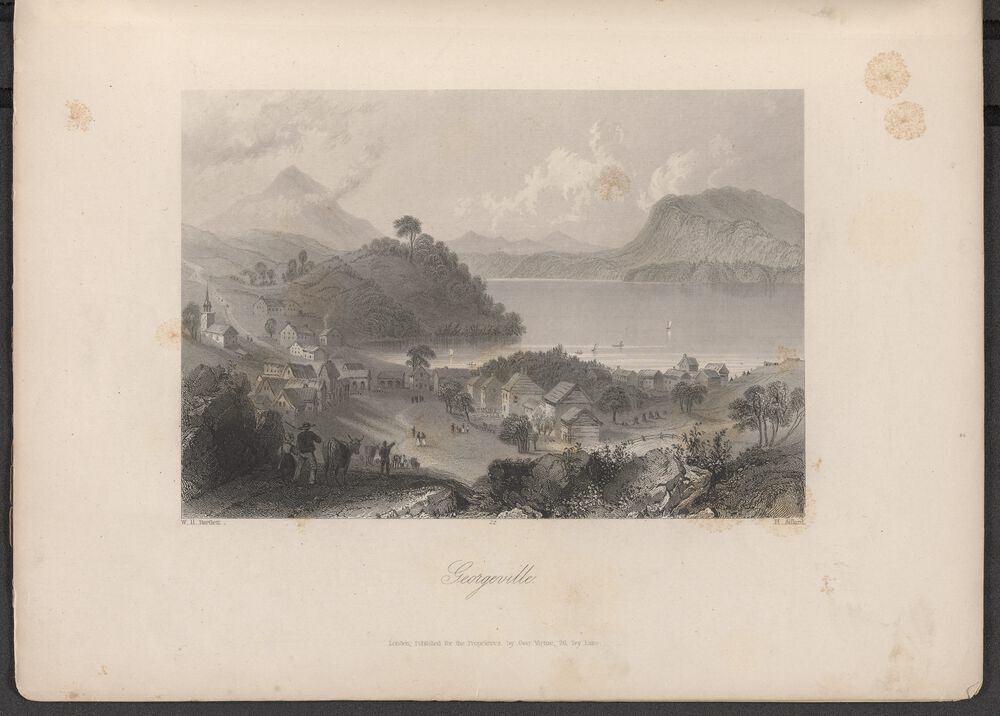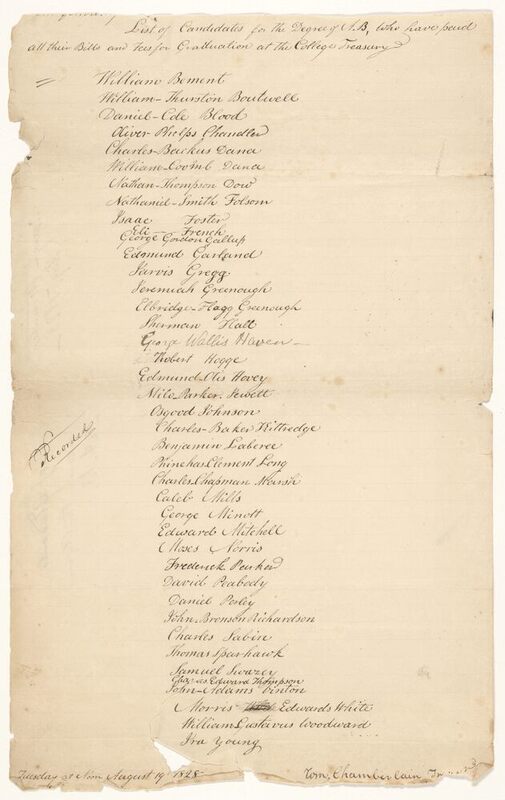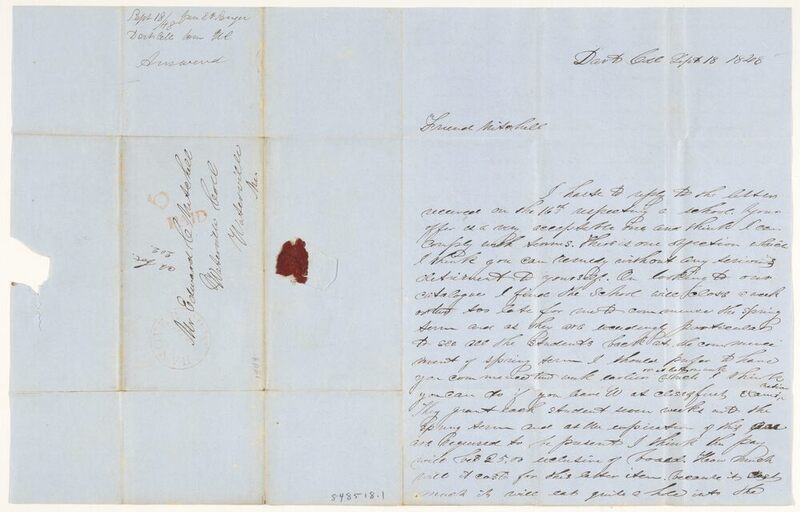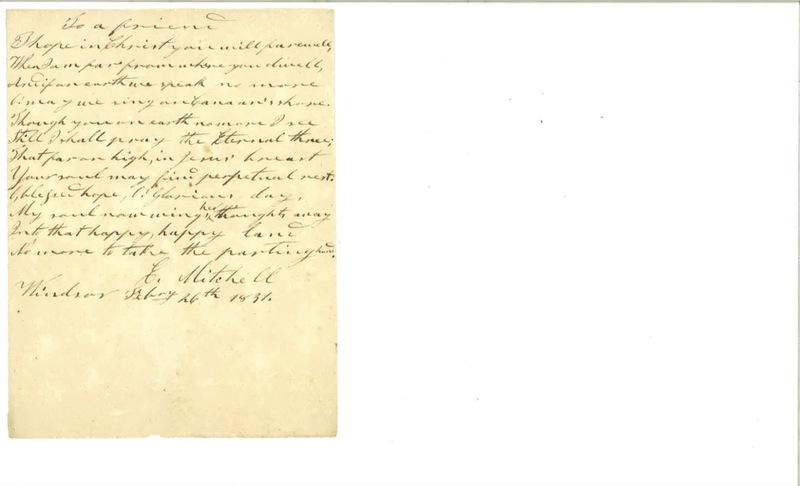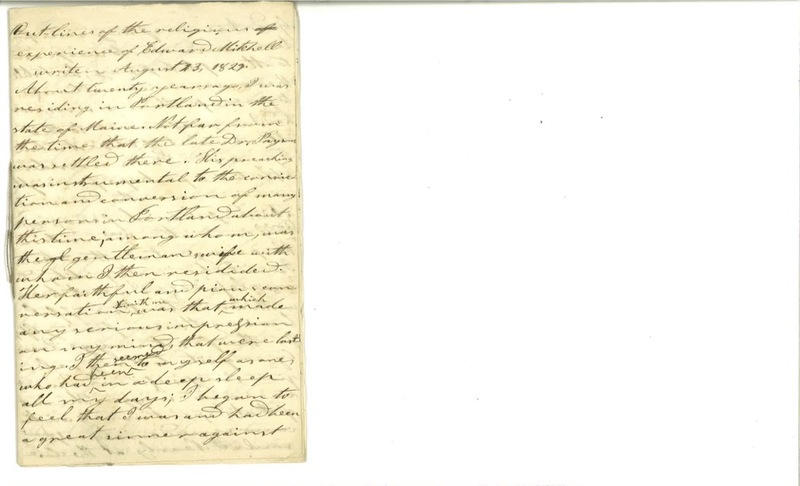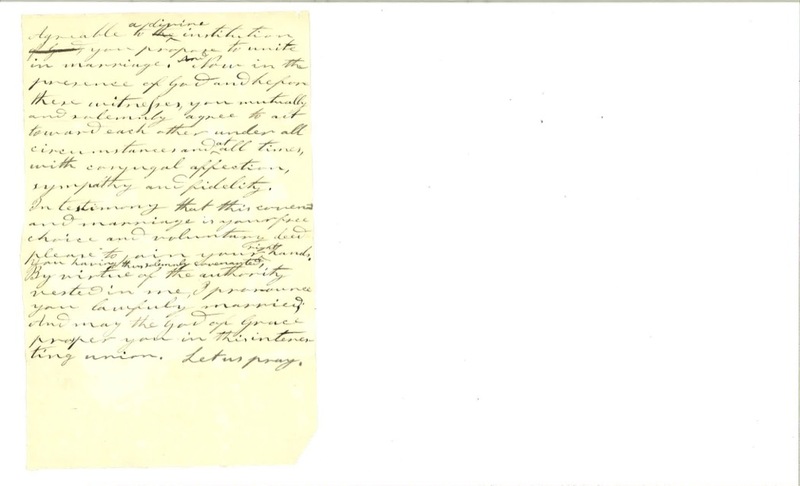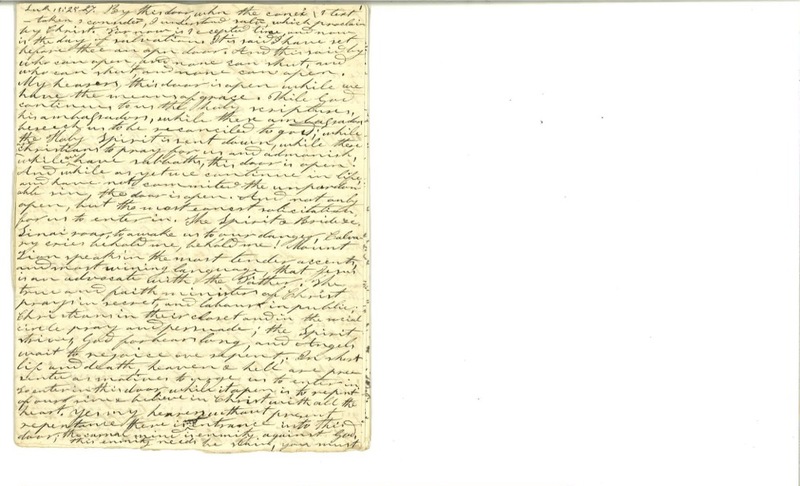Mitchell's Ministry
Immediately after Dartmouth, Mitchell traveled northward on an evangelical mission sponsored by the Baptist missionary organizations that embraced pulpits of small northern towns in New Hampshire, Vermont, and Lower Canada. Having no family roots in the United States, he chose to remain in this near-monoethnic world, where he found family, community, and social affiliations. He married Ruth O. Cheney in 1832 of Putney, Vermont, daughter of a Baptist minister.
In 1833, five years after Dartmouth, Mitchell settled permanently in Lower Canada. Slavery in Canada and most colonies of the British Empire had been abolished that same year. Over the next decade, his missionary labors covered almost 20,000 miles. Baptist sponsors considered him to be “indefatigable.”
The borderland region of the Eastern Townships where he settled was predominantly populated by New Englanders, mainly from Vermont and New Hampshire, who had migrated north into Lower Canada for available land. In 1837, the Mitchells established themselves in Georgeville (formerly known as Copp’s Ferry), a village located on Lake Memphremagog. It was a stop for ferries travelling on the lake from Newport, Vermont, to Magog, Lower Canada. A place of picturesque beauty, immortalized by artists and photographers such as W.H. Bartlett, William Notman and Alexander Henderson, Georgeville would become, over the span of the Mitchells’ life there, a place of resort for vacationers and prominent Montreal families such as the Molsons and Allans.
Mitchell died in 1872 at age 80 and was buried in a family plot in Georgeville’s Ives Cemetery. A newspaper editor wrote, he was “a man of steadfast integrity; a preacher of marked ability; and a scholar. In the very last years of his life you would find him reading the Bible in the original languages. He has gone to receive his crown.” Baptist biographers judged him to be “the most profound theologian ever settled” in Lower Canada.

